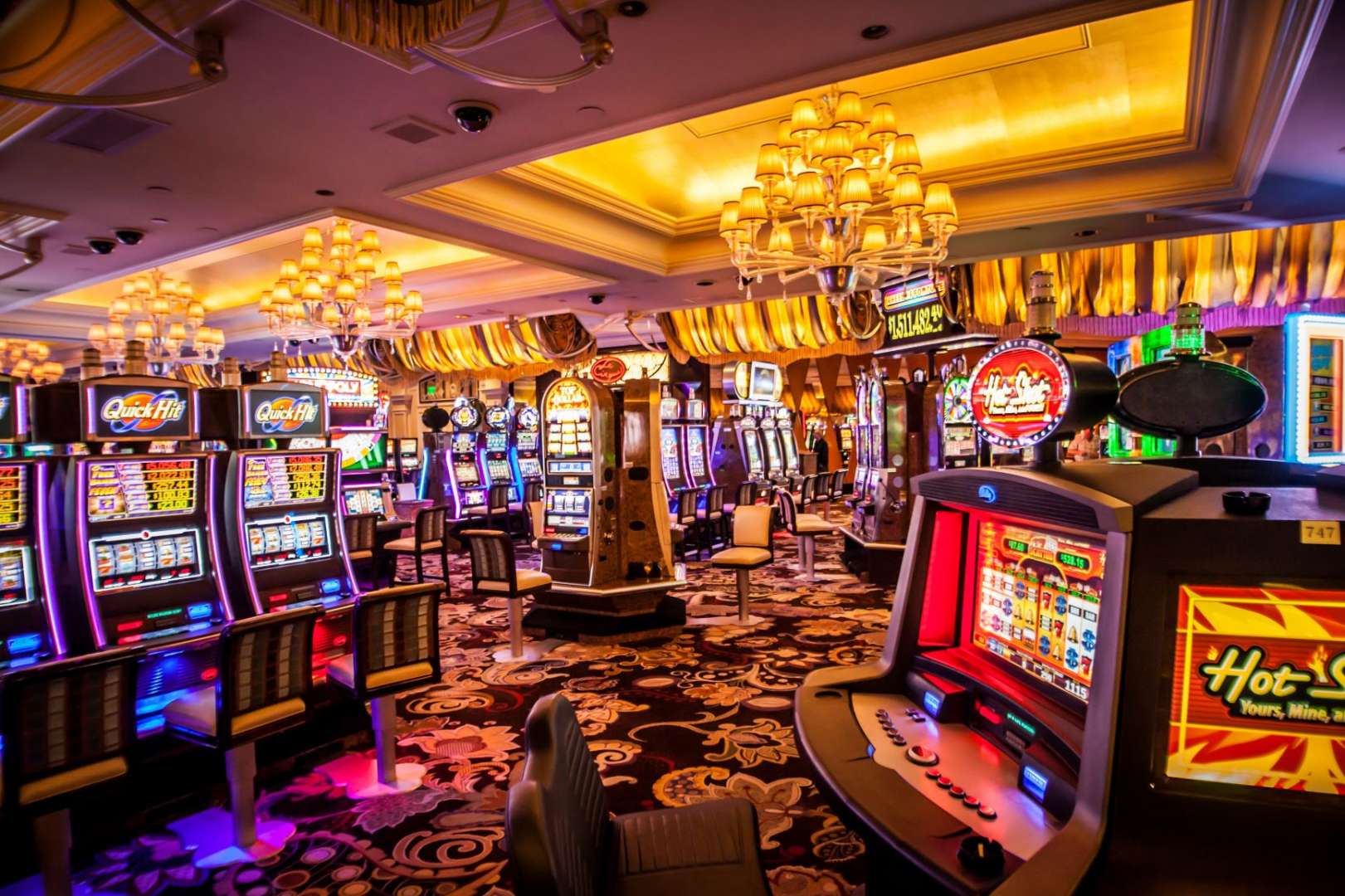
Casino experiences have long captivated human interest, drawing participants into a realm filled with chance, planning, and the allure of adventure. Each experience is meticulously crafted not just for enjoyment, but also to elicit particular emotional responses that keep players immersed and invested. Understanding the drives behind these designs reveals much about how behavioral psychology plays a crucial role in the gaming experience.
From the vivid lights and dynamic sounds to the sophisticated layering of systems and payoffs, casino games are designed to create an atmosphere of thrill and expectation. Game designers leverage behavioral strategies to influence participant behavior, whether through the use of jackpots, close-call situations, or social connections. By examining these factors, we can better appreciate how casino games fulfill not just a desire for entertainment, but deeper psychological needs for thrill and uncertainty.
Understanding Gamer Behavior
Casino games are engineered with a profound grasp of player psyche, which is vital for luring and keeping players. The rush of the game, alongside the expectation of winning, produces a formidable attraction. Game designers utilize elements like audio cues, vibrant graphics, and engaging gameplay to capture attention and generate emotional responses. These sensory experiences enhance the immersive experience, making players feel more attached in the game.
Another important aspect of player behavior is the concept of risk/reward dynamics. Casino games often balance high-stakes situations with the potential for considerable rewards, which can cause the event known as near-miss effect. When players come close to winning, the brain produces dopamine, bolstering their behavior and encouraging them to keep playing in search of that hard-to-reach win. This cycle of wish and letdown plays a crucial role in how games are structured and marketed.
Lastly, social factors also play a critical role in player behavior at casinos. Many games are crafted to be played in groups or in company with other players, creating a sense of togetherness and shared experience. The social interaction inherent in games like blackjack enhances enjoyment and can culminate in extended gameplay. Designers take advantage on this by designing environments that encourage players to linger, socialize, and revisit, making the overall casino experience more inviting.
The Role of Visuals and Audio
Imagery and audio play a significant role in improving the gambler’s experience within gambling games. Designers utilize bright colors, eye-catching graphics, and captivating animations to capture players’ attention and sustain their focus. The use of themes, such as adventure or luxury, helps create an engaging atmosphere that transports players into a different world. By appealing to the senses, these elements add to a intensified emotional response, encouraging players to engage more deeply with the games.
Audio design is just as important in reinforcing the experience of gambling games. The combination of background music, sound effects for winning combinations, and environmental noises creates an sound landscape that holds players fascinated. Audio cues associated with victories, such as ringing bells or celebratory music, evoke feelings of excitement and satisfaction, prompting players to continue playing. These audio cues are carefully placed to amplify the excitement of the game and create a more immersive experience.
Moreover, the alignment of imagery and sound is crucial for supporting the game’s overall concept and mood. Each element should align harmoniously to create a unified experience that draws players in. The effective use of this synergy not only improves user satisfaction but also boosts the likelihood of repeat play, as players become more invested in the captivating world that the gambling games offer. SV88 This thoughtful integration of visuals and sound ultimately enhances player involvement and loyalty.
Reward Systems and Participation
The development of gambling experiences greatly depends on incentive systems to ensure players involved and returning for more. These structures are based in behavioral principles that take advantage of human behavior and desire. Players are often motivated by the excitement of winning, which is reinforced by immediate responses through the game’s design. This prompt satisfaction not just improves the overall experience but also cultivates a sense of success, encouraging players to continue participating in hopes of bigger rewards.
Gaming establishments utilize various incentive systems, including jackpots, bonuses, and increased rewards, to captivate participants. These features create a level of excitement that sustains engagement. Additionally, the randomness of results plays a significant role in keeping interest. The variable reward system, where wins are random but occur often enough, keeps players on edge and driven to continue participating. This loop of anticipation and anticipation is foundational to the success of casino games.
Furthermore, social elements, such as competitive events and collaborative options, enhance the engagement factor by tapping into the competitive nature of participants. The shared experience of playing with others can amplify the thrill of winning and create a sense of community within the casino. By combining these community elements with effective reward systems, casino games not only provide entertainment but also foster a deeper bond among participants, solidifying their commitment to the overall experience.
